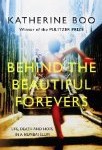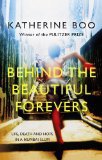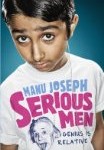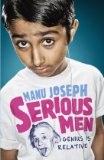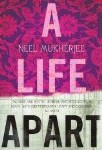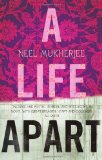Five words from the blurb: India, slum, fugitive, prison, redemption
Shantaram is one of the best books I’ve ever read. It is an amazing story and the fact that most of it actually happened makes it even more incredible. It may be long, but every single page is a joy to read and I’m looking forward to reading the sequel, The Mountain Shadow, when it is released in October.
In 1980 Gregory David Roberts escaped from a high security prison in Australia. He travelled to India using a fake passport and hid from authorities in a Mumbai slum. Shantaram chronicles his adventures as he integrates with the local criminal community; learning how to make money and protect himself in this dangerous environment. He commits many crimes, but the most interesting aspects of the book were the good things he did – setting up a health clinic in the slum and going to extreme lengths to help those around him. This book will make you question the boundaries between right and wrong and to admire the strength of the human spirit.
When all the guilt and shame for the bad we have done have run their course, it is the good we did that can save us. But then, when salvation speaks, the secrets we kept, and the motives we concealed, creep from their shadows. They cling to us, those dark motives for our good deeds. Redemption’s climb is steepest if the good we did is soiled with secret shame.
Shantaram contains everything I like to see in a book – fantastic writing, a cast of well-rounded characters, a compelling plot, and thought-provoking moments of deeper contemplation. I was gripped throughout and found myself feeling sympathy for even the most notorious criminals. I loved the way everyone was deeply flawed, but most managed to conquer their problems and live a happy life, even when faced with unimaginable hardship.
This book explained a way of life that was unfamiliar to me, but by the end of the novel I felt as though I understood exactly what it would be like to live in this lawless society. The vivid writing created an atmospheric picture of their unconventional lives. Everything was described in unflinching detail, occasionally making the reader feel uncomfortable, but writing with a honesty that can only be admired.
This is one of those rare books that is almost impossible to criticise. It is a modern classic and should be read by everyone. Highly recommended!

.
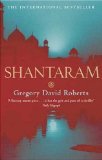

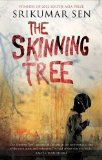



![A SUITABLE BOY [A Suitable Boy ] BY Seth, Vikram(Author)Paperback 01-Oct-2005 A SUITABLE BOY [A Suitable Boy ] BY Seth, Vikram(Author)Paperback 01-Oct-2005](http://images2.farmlanebooks.co.uk/2012/12/suit.jpg)

